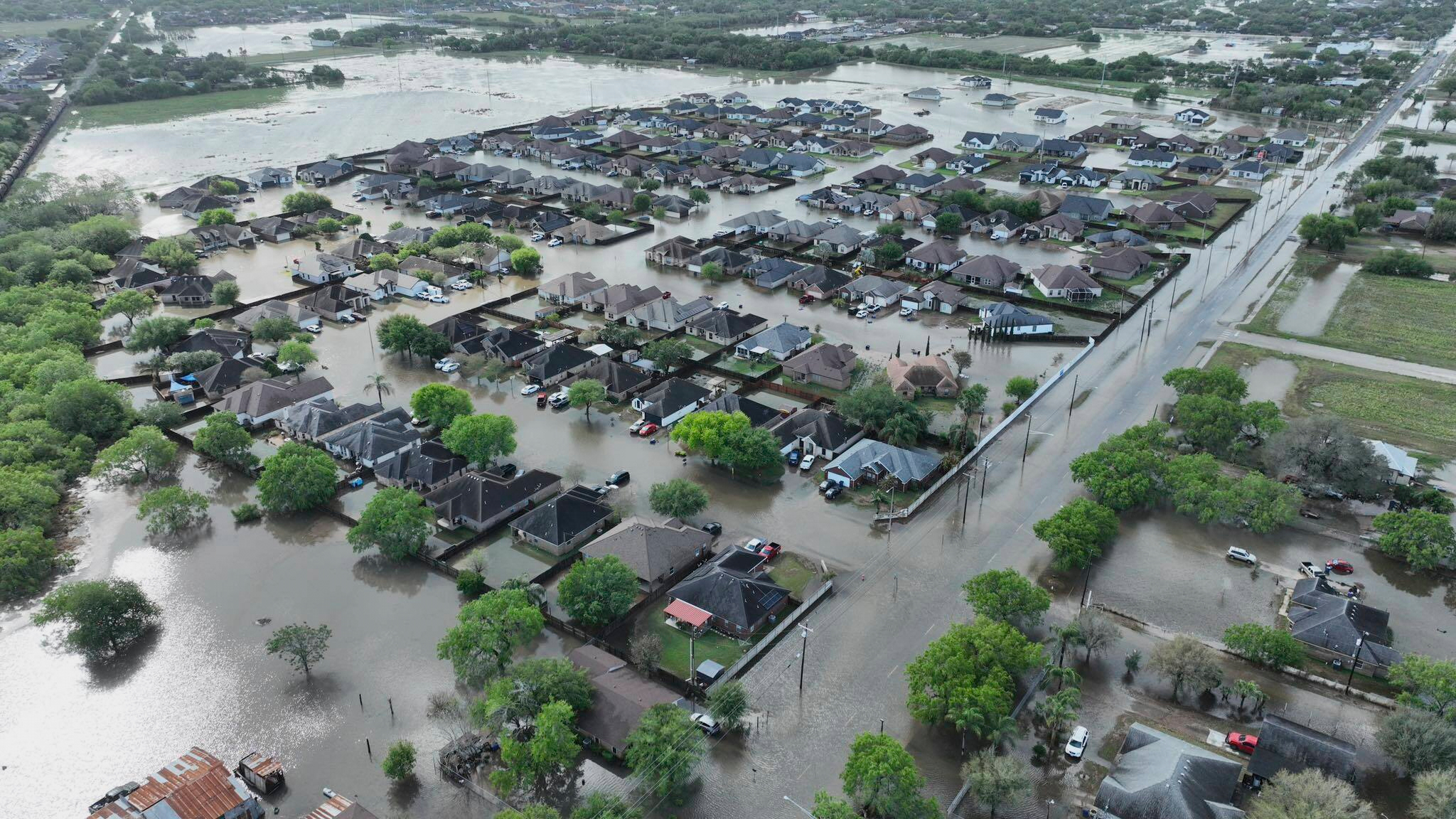As data shows heat-related deaths are becoming more frequent across the U.S., the Centers for Disease Control and Prevention partnered with the National Weather Service to launch new tools that show you when current heat levels in your city could harm your health.
The first tool is the CDC’s HeatRisk Dashboard, designed for the general public. You can enter your zip code to get personalized information about the heat risk in your city or county. The mobile-friendly dashboard includes information about the daily air quality, how to protect your health in high heat and what activities may or may not be safe depending on the heat risk for that day.
The dashboard also includes information from the National Weather Service’s new feature, the HeatRisk Forecast Tool. Created with state and local health officials in mind, the tool displays a seven-day heat forecast across the country with a color-coded numerical index that identifies heat-related impacts from little or no risk up to extreme heat risk.
The National Weather Service said the HeatRisk Forecast Tool is calculated using several factors, including how unusual the heat is for the time of the year, the duration of the heat in both daytime and nighttime temperatures and if those temperatures pose an elevated risk of heat-related impacts based on data from the CDC.

New report shows that US is warming faster than the rest of the world
In Arizona, the Maricopa County Department of Public Health tracked 579 heat-associated deaths this summer, and 56 more remain under investigation.
The CDC said the HeatRisk Forecast Tool can potentially help jurisdictions plan responses to extreme heat forecasts.
Lastly, the CDC developed new guidance to help clinicians keep at-risk individuals safe when temperatures rise, including points on how heat can harm physical and mental health and how medications can impact a person’s heat tolerance.
“If the HeatRisk in a patient’s location is ‘moderate,’ for example, then a clinician can reference the CDC guidance for condition-specific heat action plans that contain steps to help keep the patient safe,” the CDC explained in a press release.
Over two-thirds of the country was under a heat alert last year due to rising temperatures. The CDC said it found the number of daily visits to emergency departments across the U.S. due to heat-related illnesses peaked in 2023.
Since “heat-related” is not something noted on death certificates and there could be other contributing factors, it is hard to calculate just how many deaths in the U.S. are related to extreme heat conditions. However, the Environmental Protection Agency said some statistics estimate more than 1,300 deaths per year are due to extreme heat.
The CDC said heat-related deaths are preventable, which is why they worked with the National Weather Service to develop the new tools that can help keep citizens safe and aware.

More than 500,000 stroke deaths are linked to extreme temperatures
Low temperatures caused 474,002 stroke deaths, whereas high temperatures were associated with 48,030 stroke deaths around the world in just one year.










